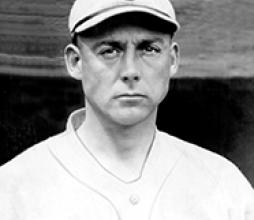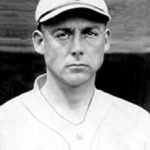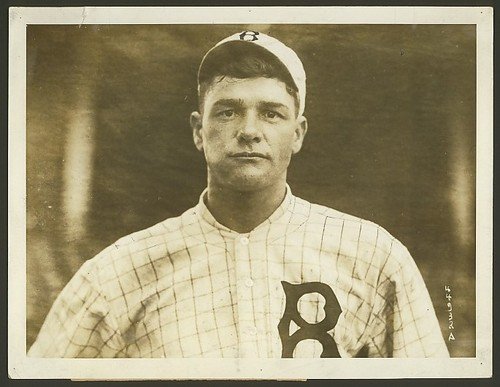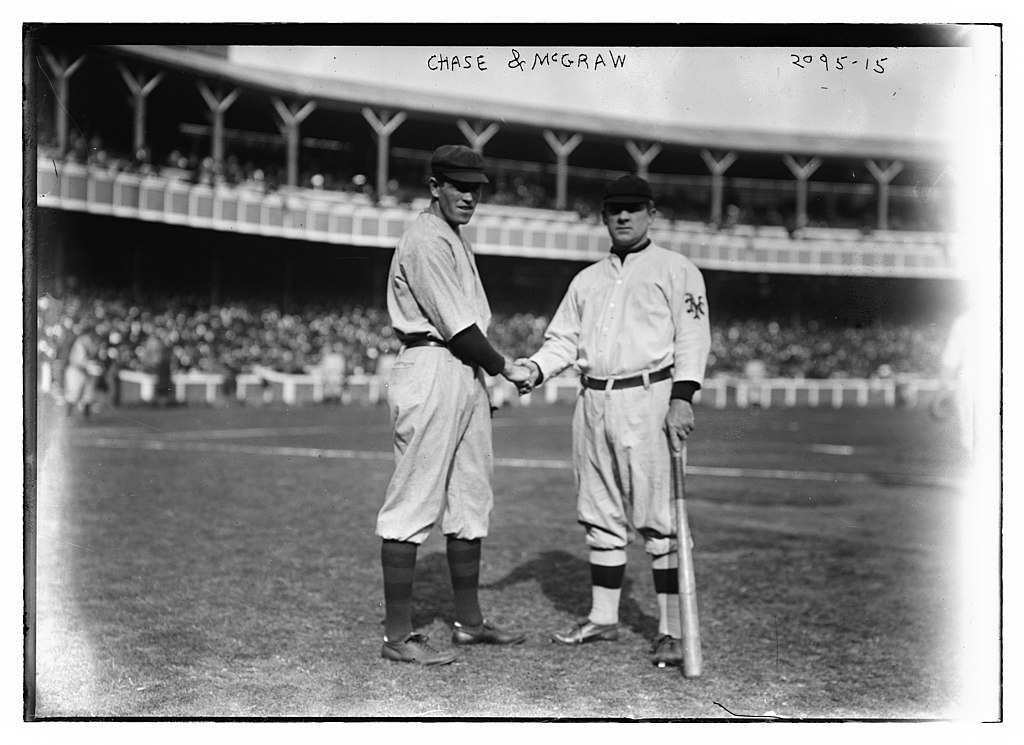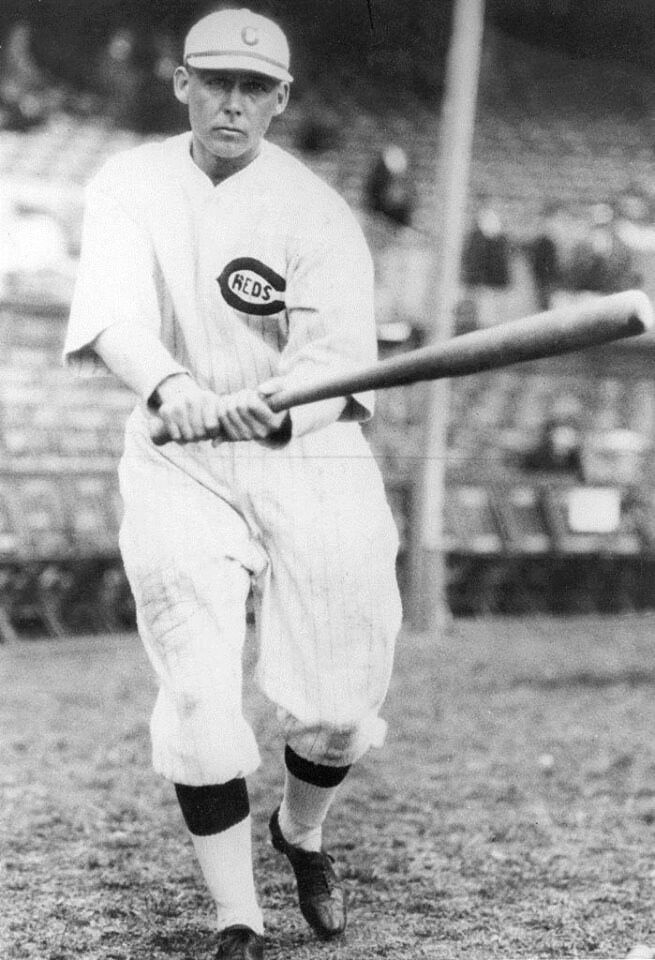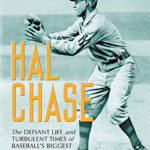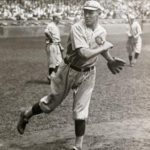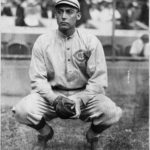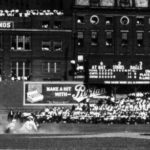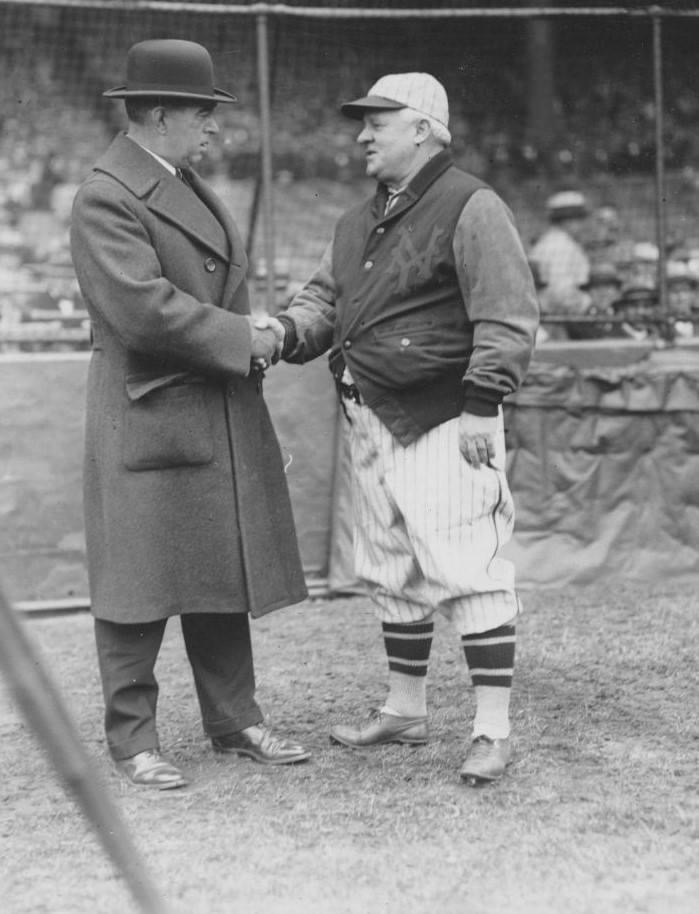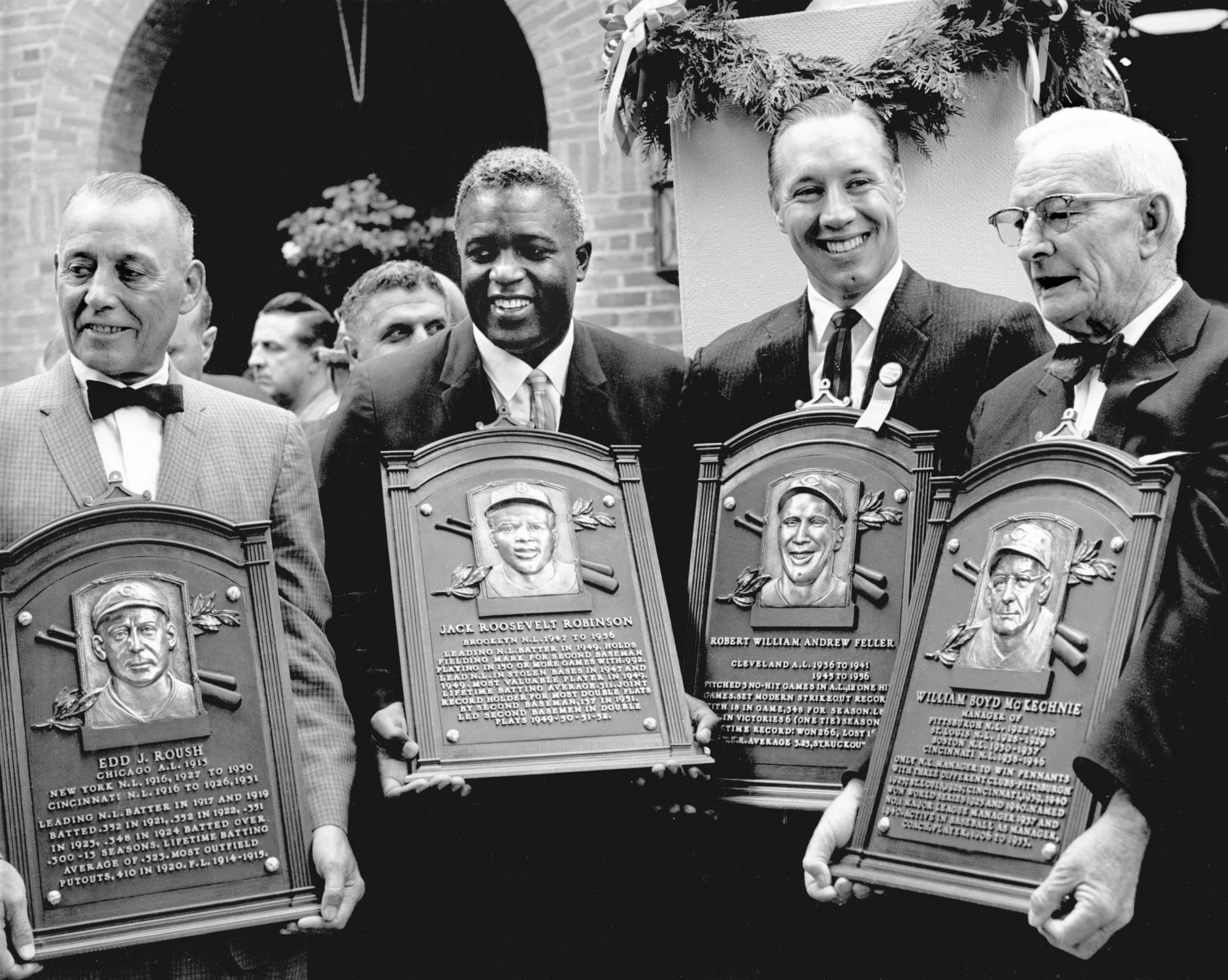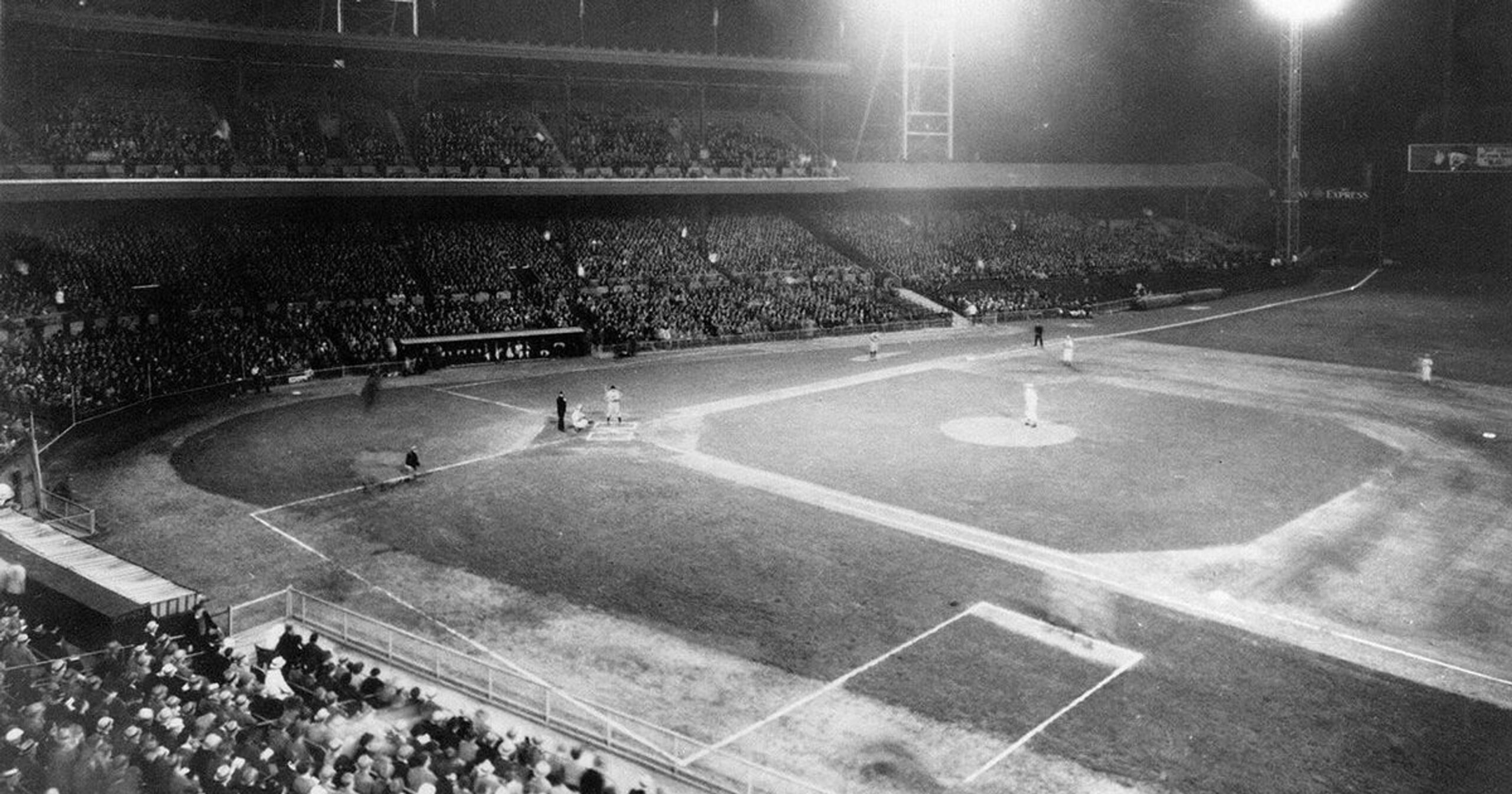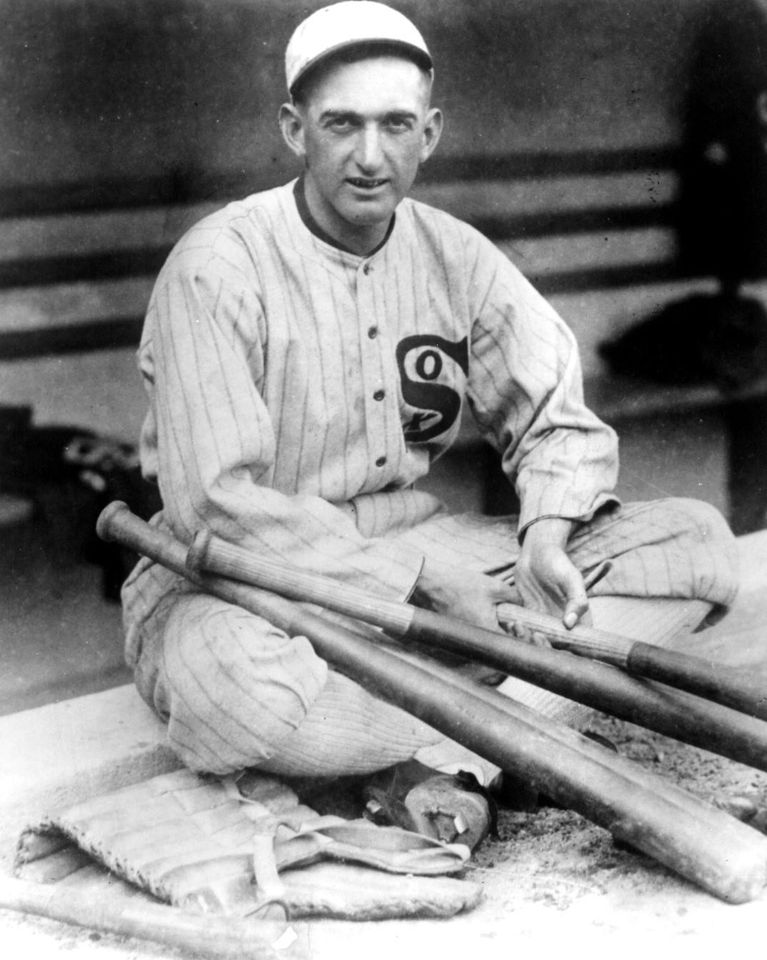Edd Roush Stats & Facts
Edd Roush
Position: Centerfielder
Bats: Left • Throws: Left
5-11, 170lb (180cm, 77kg)
Born: May 8, 1893 in Oakland City, IN us
Died: March 21, 1988 in Bradenton, FL
Buried: Montgomery Cemetery, Oakland City, IN
High School: Oakland City HS (Oakland City, IN)
Debut: August 20, 1913 (3,975th in major league history)
vs. BOS 3 AB, 0 H, 0 HR, 0 RBI, 0 SB
Last Game: September 27, 1931
vs. STL 3 AB, 2 H, 0 HR, 1 RBI, 0 SB
Hall of Fame: Inducted as Player in 1962. (Voted by Veteran’s Committee)
View Edd Roush’s Page at the Baseball Hall of Fame (plaque, photos, videos).
Full Name: Edd J. Roush
View Player Info from the B-R Bullpen
View Player Bio from the SABR BioProject
Nine Players Who Debuted in 1913
Edd Roush
Wally Pipp
Billy Southworth
Wally Schang
Milt Stock
Bubbles Hargrave
Bob Shawkey
Dutch Leonard
Pep Young
All-Time Teammate Team
Coming Soon
Notable Events and Chronology for his Career
Biography
Roush was the National League’s most feared hitter in the dead-ball era, batting more than .300 11 straight years, and capturing the batting title in 1917 and 1919. He was also the highest-paid outfielder of his day. Contemporaries called him hardworking, classy, game, and stubborn. As a baserunner, he thought nothing of going out of his way to spike an infielder. He hated spring training, was always in shape, and frequently held out – once for a whole year (1930).
Born lefthanded, Roush learned to throw with his right arm when lefthanded gloves were scarce. He broke in as a shortstop with Evansville (Kitty League) in 1912. A shoulder injury weakened his right arm, and he went back to throwing lefthanded, moving to the outfield. After a brief stint with the White Sox in 1913, making $100 a month, he jumped to the Federal League and earned $2,000 for the season with Indianapolis. In 1915 Newark (FL) paid’Sh)”him $4,000. Then the league folded. The better players were put into a pool and sold, the Giants buying Roush for $10,000. After batting .188 through 39 games in 1916, he was traded to the Reds with Christy Mathewson and Bill McKechnie for Buck Herzog and Wade Killefer.
Roush quickly became the NL’s premier centerfielder, relying as much on brains as speed. He studied his team’s pitchers and opposing hitters, and knew where to move for every pitch. In the thick of the 1919 pennant race, Reds left fielder Sherry Magee was sidelined for a few weeks, with no backup outfielder to replace him. Roush suggested that manager Pat Moran put strong-hitting pitcher Rube Bressler in left. “Greasy Neale (the rightfielder) and I can carry the load,” Roush said, “and I’ll move Bressler and tell him where to play.” At the end of two weeks Bressler told him, “There’s nothing to this outfielding. We’re right in front of every line drive. What I can’t understand is why we have to move around so much.”
Though he beat out Rogers Hornsby for the NL batting crown by hitting .341 in 1917 and .321 in 1919, it was in 1921 that Roush reached his career high of .352. He batted .351 in 1923, topping the league with 41 doubles, and in 1924 led with 21 triples. He had 27-game hitting streaks in both 1920 and 1924. In ten full seasons with Cincinnati, the lowest he batted was .323, in 1926. The following February, he was sent to the Giants for George Kelly, and was given a three-year contract at $22,500 a year.
Roush developed an iconoclastic view of Giants manager John McGraw. “McGraw expected every player to be perfectionist. He had his men so scared they couldn’t follow his many orders.” In 1928 Roush tore stomach muscles diving for a line drive, and in 1929 his legs began to go. As a result, the Giants cut him to $15,000 in 1930, and added this clause: if the 1928 abdominal injury returned, there would be a further cut in salary. He refused to sign the contract, and sat out the year. The next spring, he was sold back to the Reds, with whom he played his last season.
Throughout his career, Roush used the heaviest bats in the game, weighing from 46 to 48 ounces. The bats were not long, but had incredibly thick handles, giving them the appearance of being all barrel. With them he could hit to all fields, bunt, drag, and hit-and-run. He is reputed to have slapped seven hits in one season on pitchouts, including a triple.
@ET-DC@eyJkeW5hbWljIjp0cnVlLCJjb250ZW50IjoicG9zdF90YWdzIiwic2V0dGluZ3MiOnsiYmVmb3JlIjoiTGVhcm4gTW9yZSBhYm91dCB0aGUgdGVhbXMsIHBsYXllcnMsIGJhbGwgcGFya3MgYW5kIGV2ZW50cyB0aGF0IGhhcHBlbmVkIG9uIHRoaXMgZGF0ZSBpbiBoaXN0b3J5IC0gLSAtIC0gLSAtIC0gIiwiYWZ0ZXIiOiIiLCJsaW5rX3RvX3Rlcm1fcGFnZSI6Im9uIiwic2VwYXJhdG9yIjoiIHwgIiwiY2F0ZWdvcnlfdHlwZSI6InBvc3RfdGFnIn19@
Factoids, Quotes, Milestones and Odd Facts
Coming soon
Other Resources & Links
Coming Soon
If you would like to add a link or add information for player pages, please contact us here.

